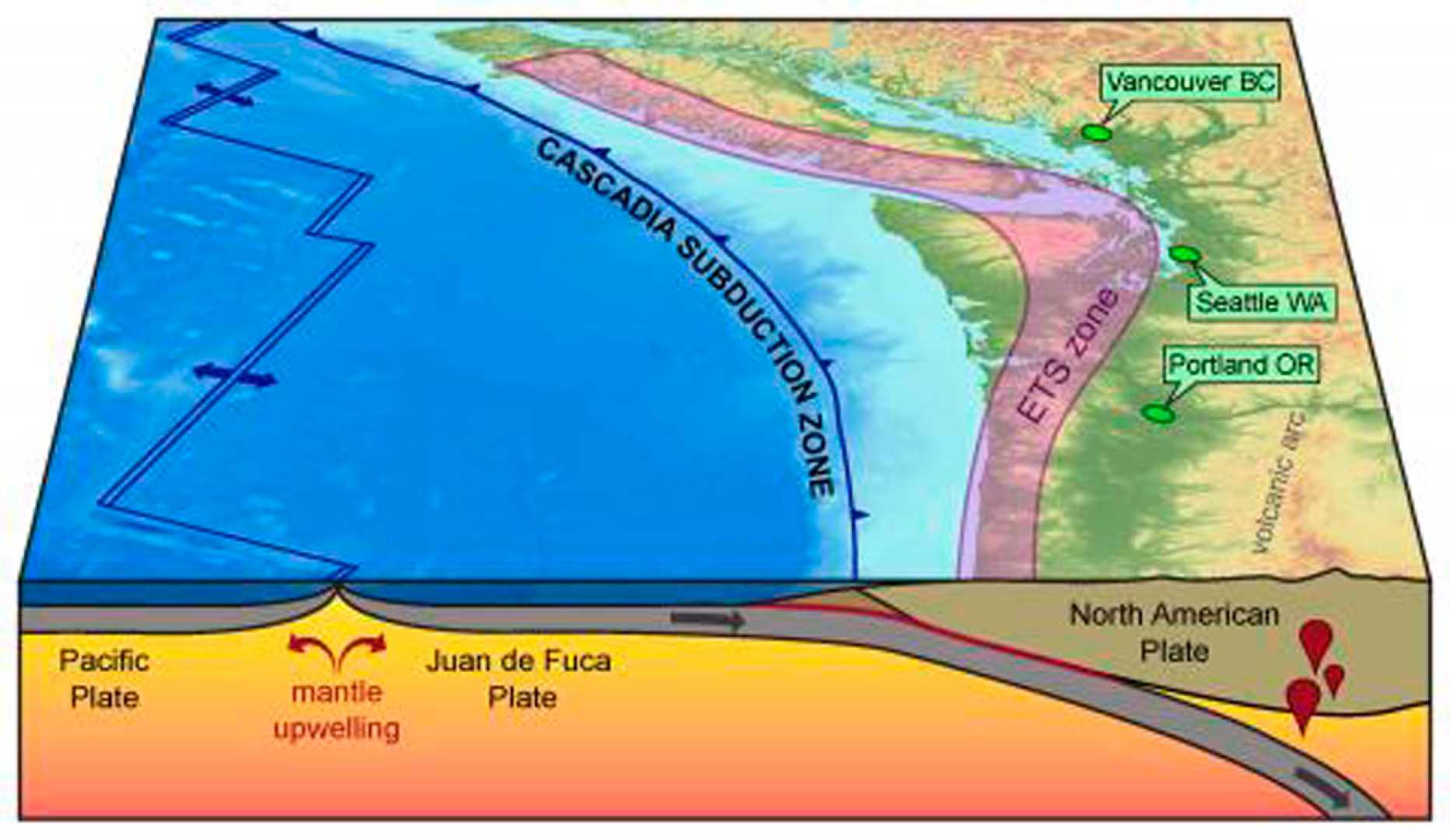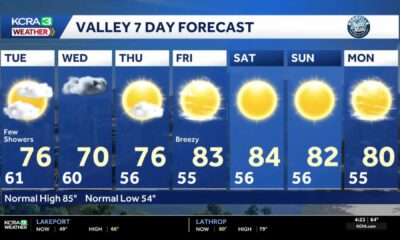News
Virginia Tech Study Warns of Mega-Tsunami Threat to U.S. West Coast

Blacksburg, Virginia – A new study from Virginia Tech warns of a potentially catastrophic mega-tsunami that could devastate coastal areas along the U.S. Pacific Coast. Scientists predict this could occur due to a major earthquake along the Cascadia Subduction Zone (CSZ), a fault line extending about 600 miles from Northern California to Vancouver Island.
Led by geoscientist Tina Dura, researchers estimate a 15% chance of a magnitude 8.0 or greater earthquake within the next 50 years. If such an event occurs, it could cause coastal land to sink by up to 6.5 feet and generate tsunami waves that could reach heights of hundreds of feet. These massive waves pose unprecedented risks to millions of residents and vital infrastructure.
The study, published in the Proceedings of the National Academy of Sciences, emphasizes that the Cascadia Subduction Zone is one of the most hazardous fault lines in North America. The Juan de Fuca Plate’s subduction beneath the North American Plate builds up massive tectonic stress, which can be released in a catastrophic event.
The last significant earthquake along this fault line occurred in 1700, leading to a tsunami reported as far away as Japan. Today’s potential impact, however, could be much worse, given the dense population and developed infrastructure along the West Coast.
Coastal cities like Seattle and Portland could face severe flooding, according to Dura. Simulations suggest thousands more people and properties would be at risk compared to current hazard maps. Researchers highlight that a mega-tsunami resulting from a CSZ earthquake combines sudden ground subsidence with extreme wave heights, creating a disaster none have experienced historically.
The study identifies southern Washington, northern Oregon, and northern California as the areas most vulnerable to such a disaster. Emergency planners are encouraged to use these findings to develop strong evacuation plans and infrastructure improvements to better protect communities.
With rising sea levels expected by 2100, low-lying coastal zones could see permanent inundation. Dura advocates for proactive planning, emphasizing the need for early-warning systems and community preparedness activities to mitigate the human and economic toll if a tsunami occurs.
“Communities must prioritize flood-resilient urban planning, as well as the fortification of critical resources,” said Dura. Cooperation among local governments, policymakers, and residents is vital for building resilience in these regions.
The Virginia Tech research concludes that immediate action is required to minimize potential devastation from a mega-tsunami in the future.












